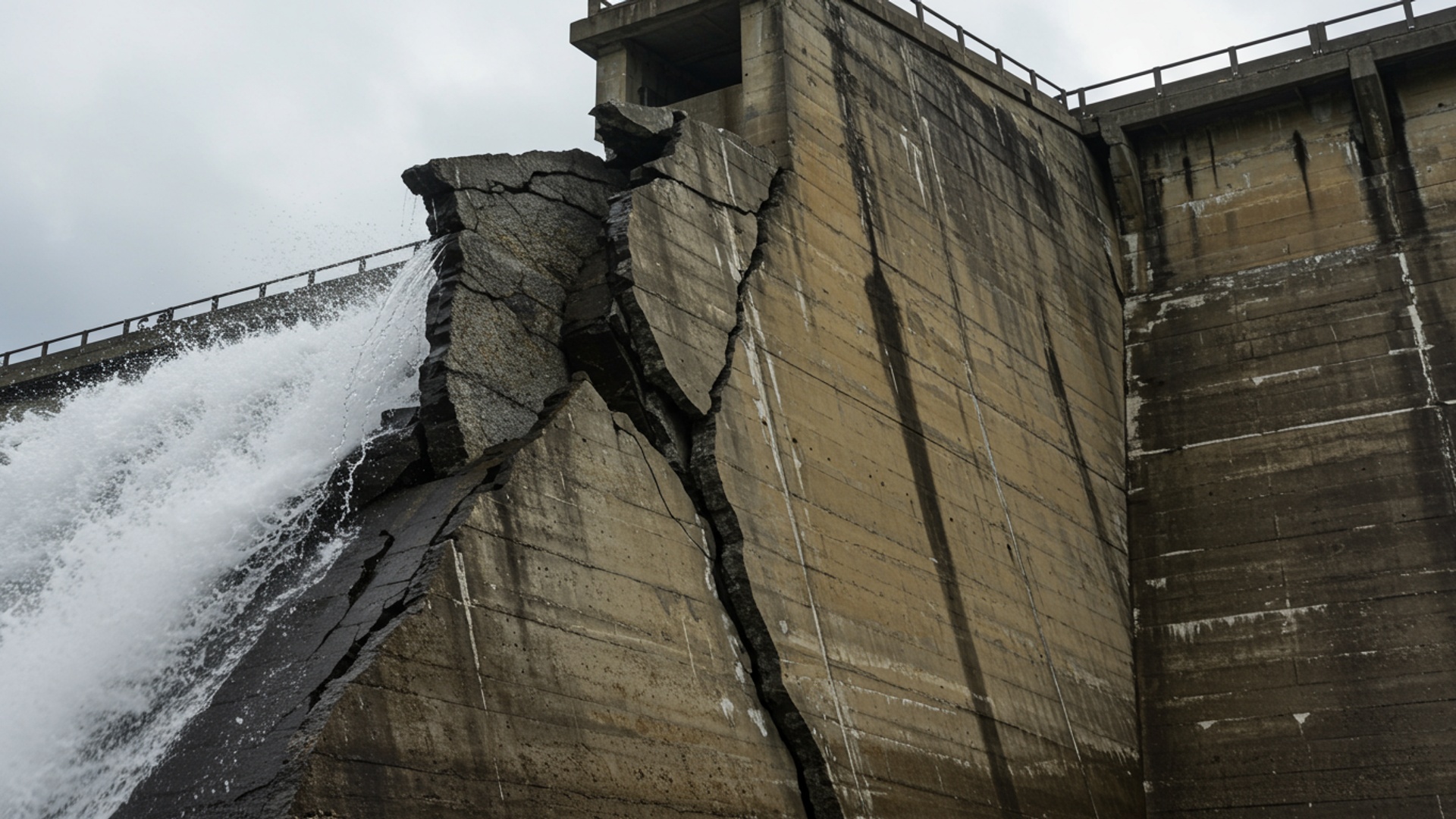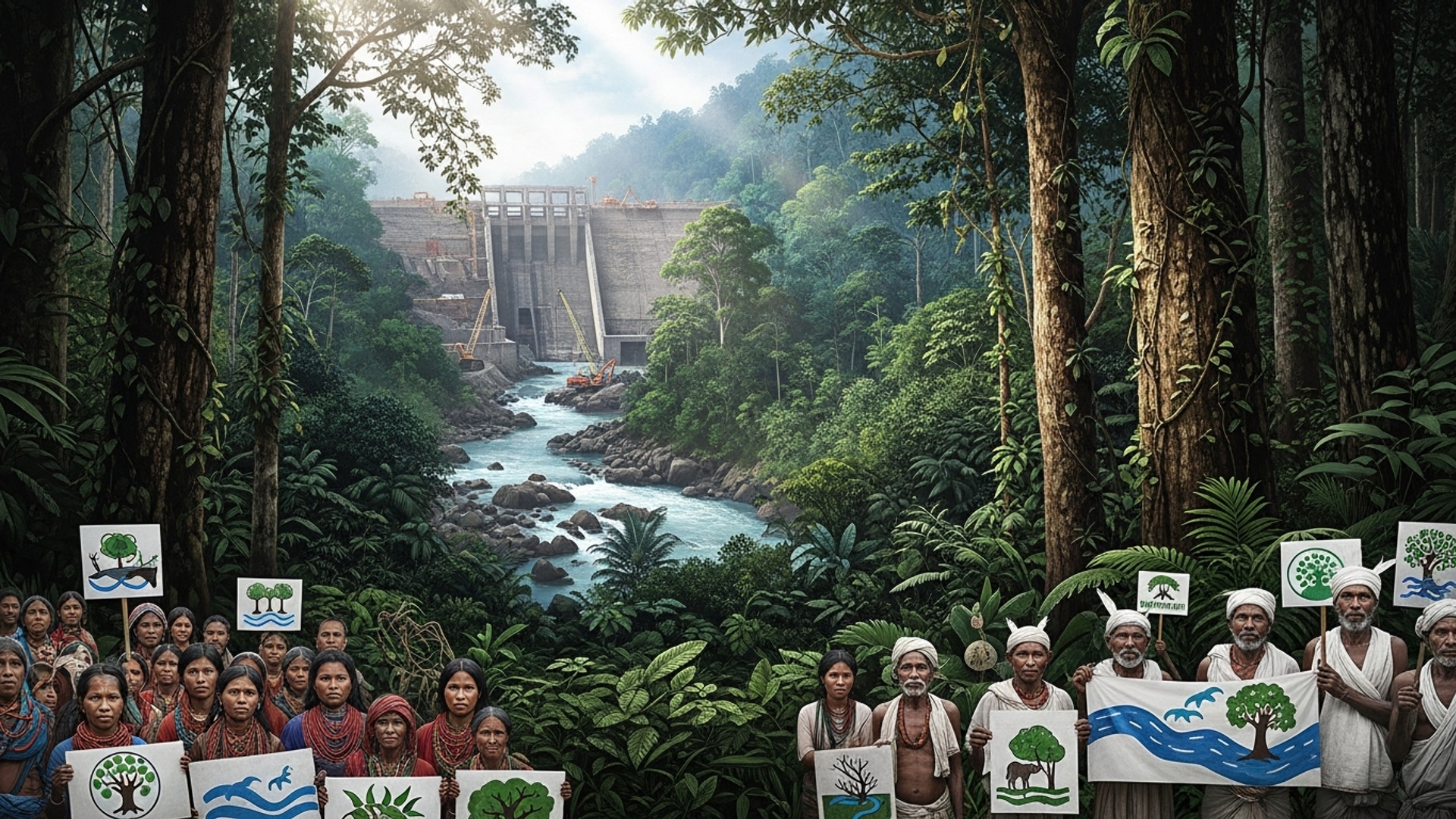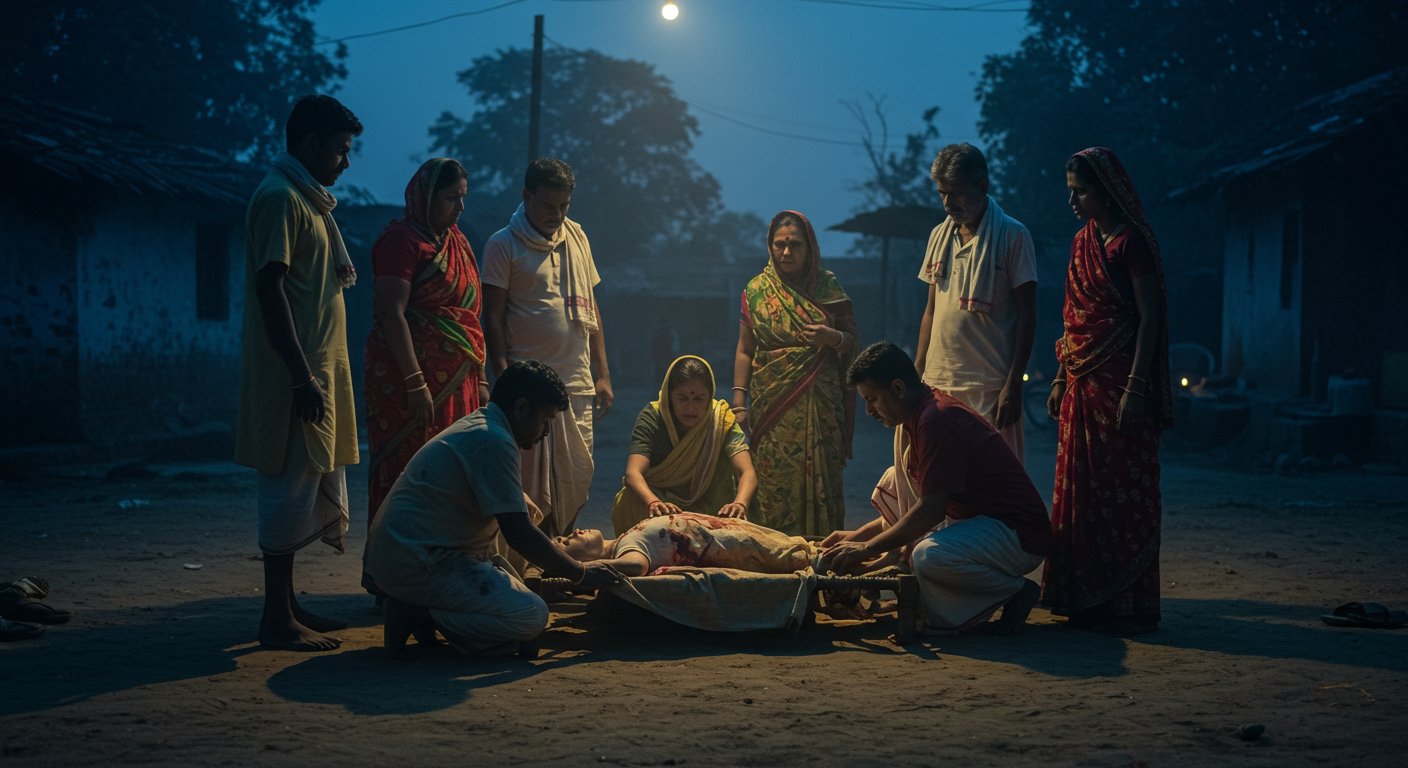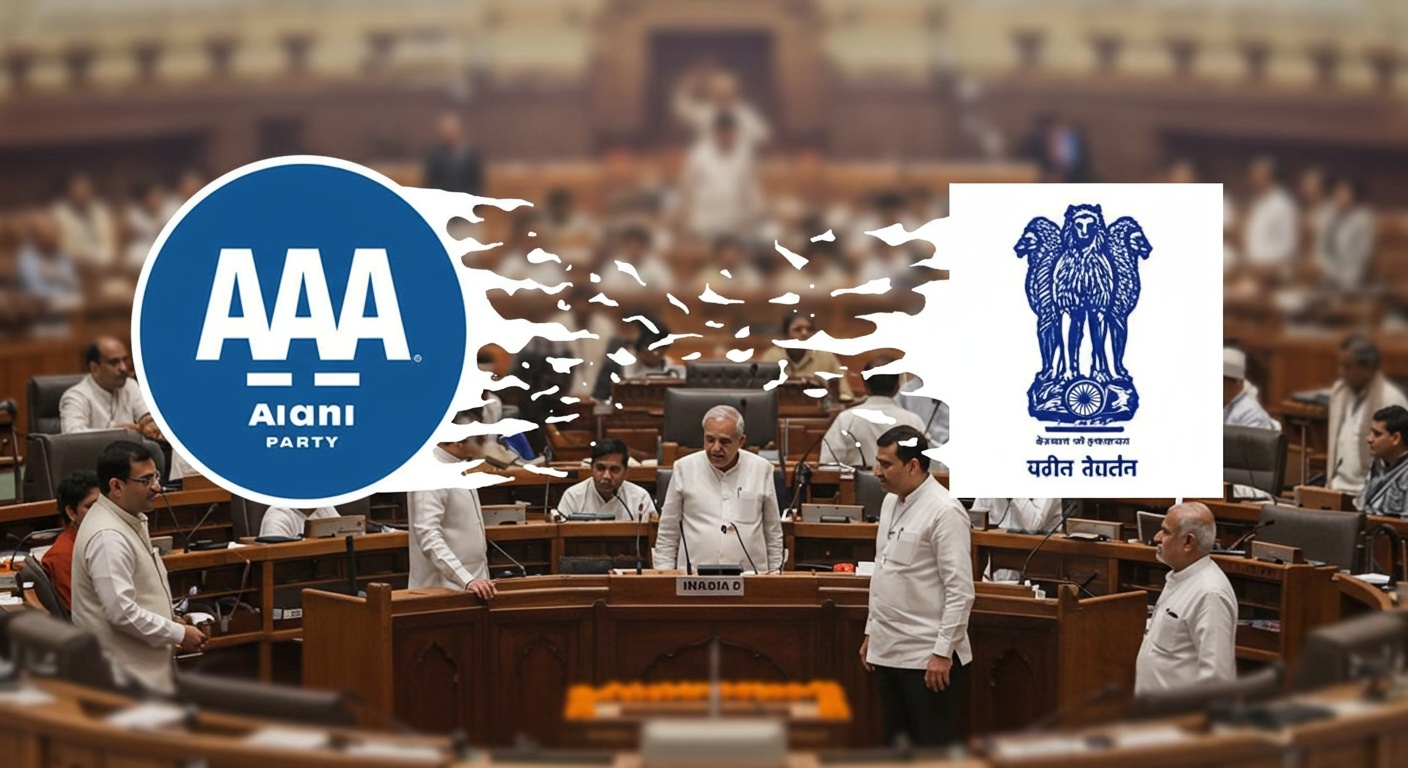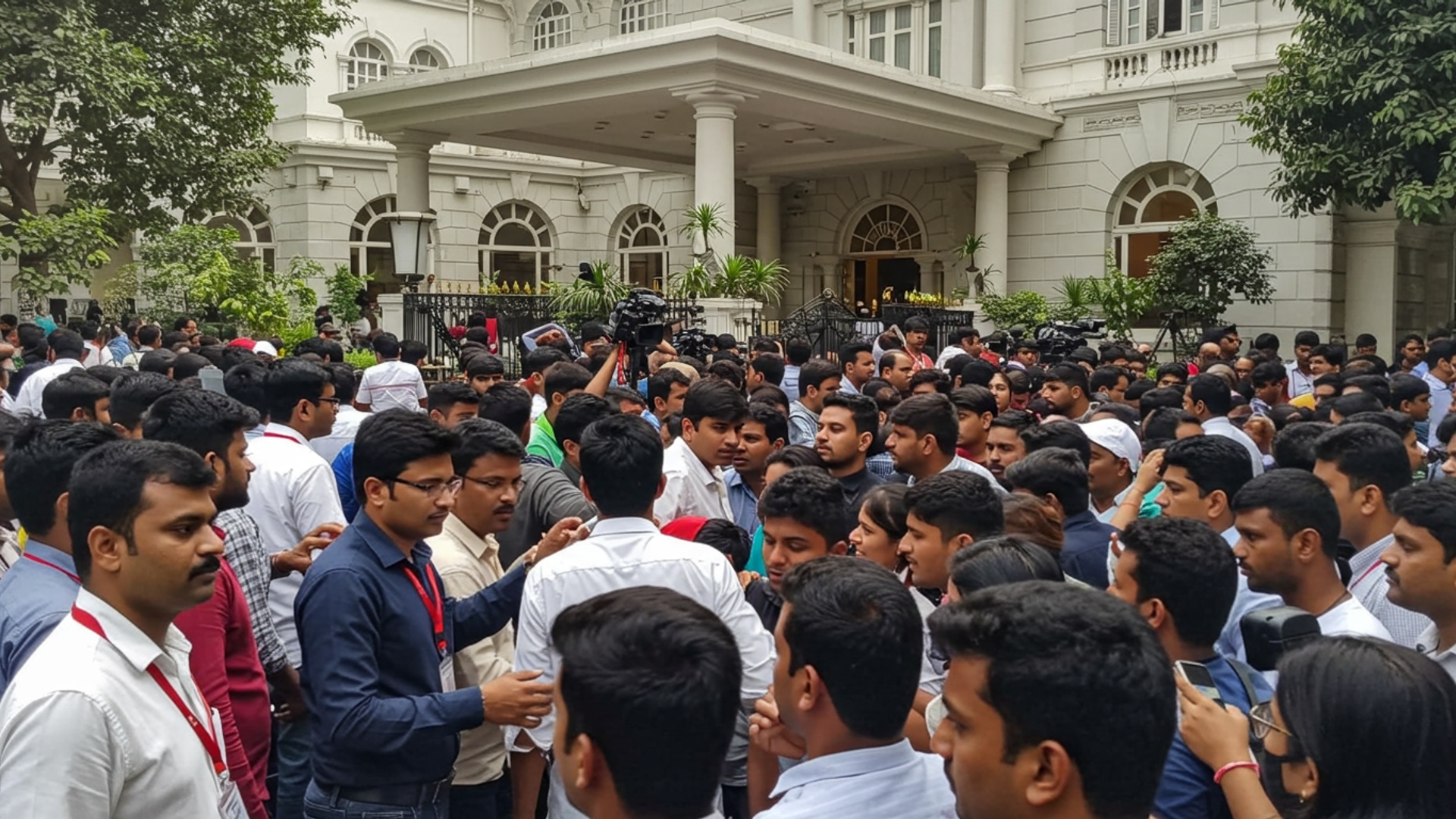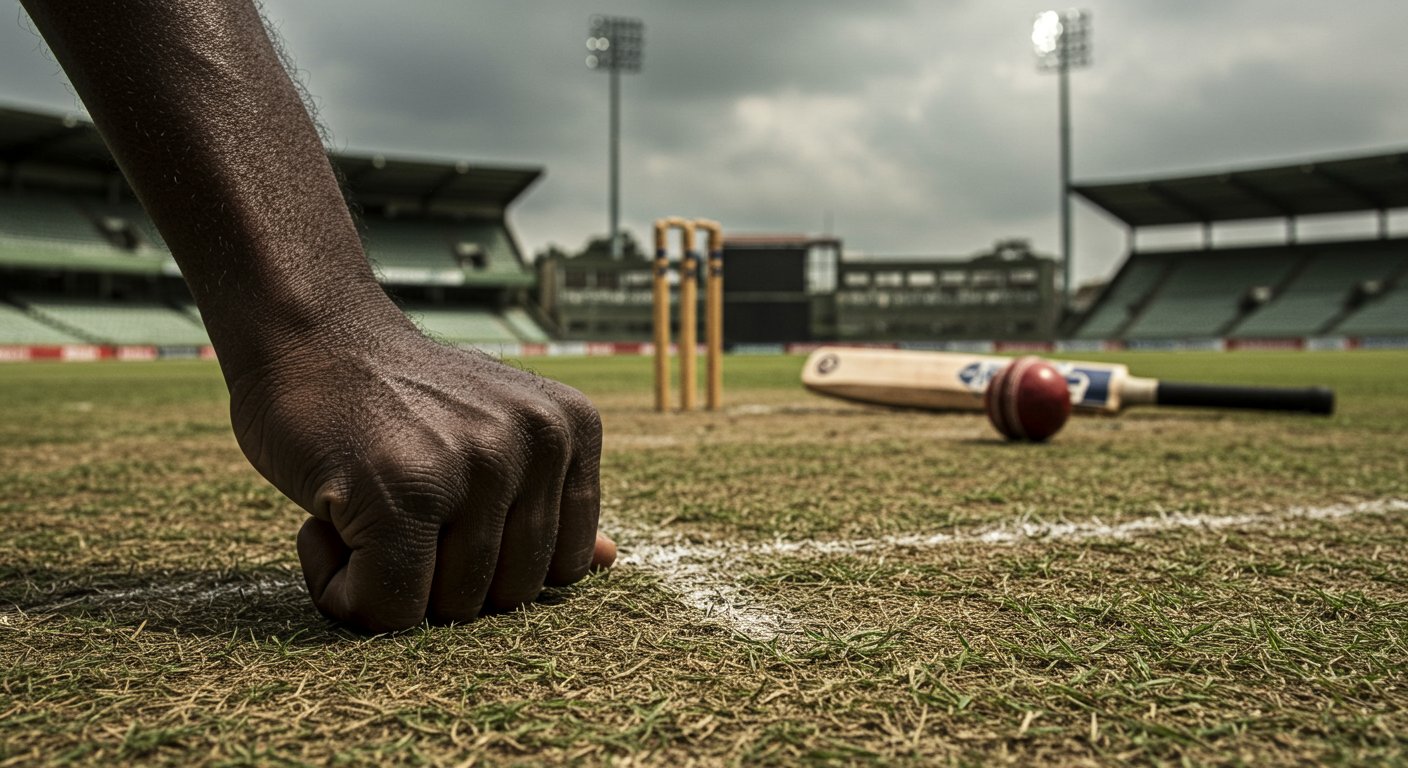Telangana officials today order urgent repairs for the vital Singur Dam in Sangareddy district, as engineers confirm serious cracks and signs of weakness in the structure. This critical action follows recent heavy rains that put new pressure on the dam, a key water source for many local farms and homes. Immediate work is now underway to fix the damage and stop any bigger problems, with growing worries for the safety of nearby villages if the dam gives way.
Immediate Action for Dam Safety
The National Dam Safety Authority (NDSA) has issued a direct order for immediate repair work on Telangana’s Singur Dam. This urgent action comes after warnings of serious structural problems and the risk of the dam breaking. Officials have already started reducing the amount of water stored in the dam to make it safer. The current water level has been brought down to 20 Thousand Million Cubic feet (TMC), which is much lower than its total capacity of 29. 91 TMC. This decision was made to reduce pressure on the structure and prevent a possible disaster. The directive from the NDSA to the State government highlights critical issues found in the dam. The dam, which is a major source of drinking water for Hyderabad and provides water for farming in Medak and Nizamabad districts, is facing threats to its stability. A detailed inspection by the Dam Safety Review Panel (DSRP) on June 23, 2025, confirmed the serious condition of the dam.
A Key Water Source for the Region
Singur Dam, also known as Singoor, is a vital part of Telangana’s water system. It is located in the Medak district near Sangareddy town and was built across the Manjeera River. Construction of the dam began in the early 1980s and was finished in 1989. The dam’s main purposes include generating electricity from water, providing water for farming. supplying drinking water to Hyderabad, one of India’s biggest cities. The reservoir created by the dam has a gross storage capacity of 29. 91 TMC, making it a crucial water source for millions of people. Over the years, the dam has also become a popular place for visitors due to its calm environment and natural beauty. The dam plays a big part in supporting farmers in the Medak district by providing water for their fields, which helps the local economy. It also ensures a steady supply of clean drinking water for Hyderabad’s growing population. The Manjeera River, on which the dam is built, is a branch of the Godavari River and flows through Maharashtra, Karnataka. Telangana.
Signs of Trouble and the Reasons
The National Dam Safety Authority identified several severe damages that threaten the dam’s stability. These include major damage to the earthen banks and the stone coverings (revetments) that protect them. There are also cracks in the wall at the top of the dam (parapet wall) and on the top of the earthen bank. The DSRP report also stated that the upstream revetment was “severely disturbed and settled” and missing stones in many places near the full water level. Moreover, long cracks were found on the top of the earthen dam next to the parapet wall. the parapet wall itself has tilted.
“The Dam Safety Review Panel (DSRP) noted that excessive water storage, often exceeding 522 metres after the reservoir’s capacity was raised to 520. 50 metres to meet local water needs, has stressed the dam and worsened its condition.”
A key reason for the dam’s current state is the repeated storage of too much water. The original design level for the dam was 517. 8 meters. But, since 2017, the water level has often been kept at 522 meters or even higher. This was done to meet the water needs for the Mission Bhagiratha scheme, which aimed to provide drinking water. This constant high water level has put a lot of strain on the dam and made its condition worse. The DSRP report highlighted that this excessive storage made it impossible to repair or maintain the upstream stone coverings to their original design, which has put the dam’s safety at risk. that the irrigation part of this dam in Medak district has not been fully put into use. The dam also has a history of problems, including a spillway gate failure in October 1999 during its initial filling, which was blamed on poor welding.
Actions and Official Statements
To address the immediate threats, the NDSA has suggested temporary measures, such as strengthening damaged areas with sandbags. More lasting repairs are planned to happen after the monsoon season. As a safety step, the Irrigation Department has already decided to further reduce the dam’s water storage to 20 TMC. On August 13, 2025, officials opened one of the dam’s crest gates to release water, bringing the storage down. This marks the first time since the dam was built in 1999 that the Irrigation Department has chosen to limit its water storage capacity.
“The National Dam Safety Authority has directed the Telangana government to submit an action plan within a week on the steps it is taking to safeguard the Singur dam. warned that if works required for repairs and rehabilitation of the dam are not taken up, failing which the ‘dam owners’ will be held responsible under the Dam Safety Act 2021’s provisions.”
The NDSA has made it clear that the state government must submit a plan of action by August 21, 2025, detailing how they will fix the dam. The authority also warned that if the necessary repairs and rehabilitation work are not carried out, the “dam owners” will be held responsible under the rules of the Dam Safety Act 2021. This law was put in place for the proper monitoring, inspection, operation. maintenance of dams to prevent disasters. Officials from the Irrigation Department have urged people living near the Manjeera River, especially residents and farmers, to remain alert while repair efforts begin to avoid a crisis.
The Danger Ahead
The reports from the Dam Safety Review Panel paint a very serious picture of the risks involved. The panel’s findings stated that the dam’s “stability is in a high-risk condition, warranting immediate strengthening measures.” The DSRP report also warned that the Singur Dam “may collapse ‘anytime’” and that there are “very real and serious threats of its embankments getting breached.” The consequences of such an event could be disastrous. A break in the dam’s earthen banks could lead to massive loss of water resources, human lives. property in areas downstream. This includes significant flooding in places like Sangareddy, Medak. villages along the Manjeera River. Moreover, a dam breach could also cause damage to other essential water projects downstream, such as the Nizam Sagar and Manjeera dams, as well as other smaller check dams. The NDSA has stressed that because other vital water projects are located downstream on the Manjeera River, the safety of Singur Dam is extremely vital. ![]()
